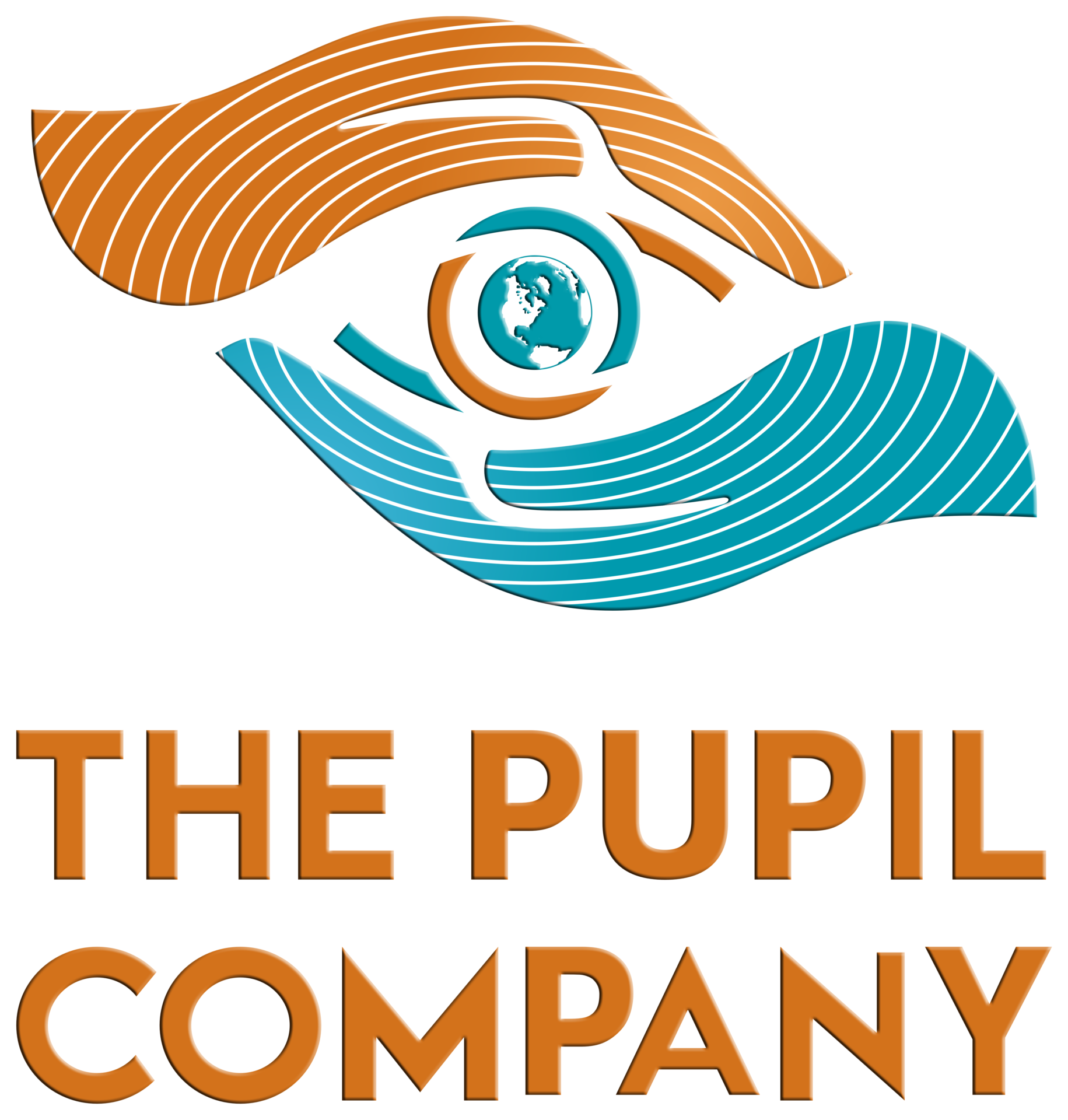In the vibrant landscape of education, one principle reigns supreme: diversity. Just as each student brings a unique set of experiences and perspectives to the classroom, so too should our approach to teaching and learning reflect this diversity. Enter multimodal learning—an approach that recognizes and embraces the multitude of ways in which students engage with and process information.
At its core, multimodal learning is about recognizing that students learn in different ways and harnessing a variety of modes—visual, auditory, kinesthetic, and beyond—to cater to these diverse learning preferences. It’s about moving beyond traditional lecture-style teaching and embracing a more dynamic and interactive approach that engages students on multiple levels.
One of the key benefits of multimodal learning is its ability to enhance comprehension and retention. Research has shown that presenting information through multiple modalities—such as combining text with images, videos, and interactive activities—can improve students’ understanding of complex concepts and increase their ability to remember and apply what they’ve learned. By tapping into different sensory channels, educators can create richer and more memorable learning experiences that resonate with students long after they’ve left the classroom.
Moreover, multimodal learning promotes inclusivity by providing multiple entry points for students to access and engage with content. Not every student learns best through traditional lectures or written assignments. Some may excel in hands-on activities, while others may prefer visual aids or group discussions. By offering a variety of modalities for presenting information and demonstrating understanding, educators ensure that all students have the opportunity to shine and succeed, regardless of their learning style or ability.
Additionally, multimodal learning encourages creativity and critical thinking. When students are given the freedom to express themselves through different modalities—whether it’s creating a multimedia presentation, recording a podcast, or designing a hands-on project—they are able to tap into their unique talents and strengths. This not only fosters a sense of ownership and pride in their work but also encourages them to think outside the box and explore new ways of solving problems—a skill that is invaluable in today’s rapidly changing world.
Furthermore, multimodal learning promotes collaboration and communication skills. Many multimodal learning activities—such as group projects, presentations, and multimedia productions—require students to work together, share ideas, and communicate effectively with their peers. These collaborative experiences not only deepen students’ understanding of the material but also help them develop important social and interpersonal skills that are essential for success in school and beyond.
